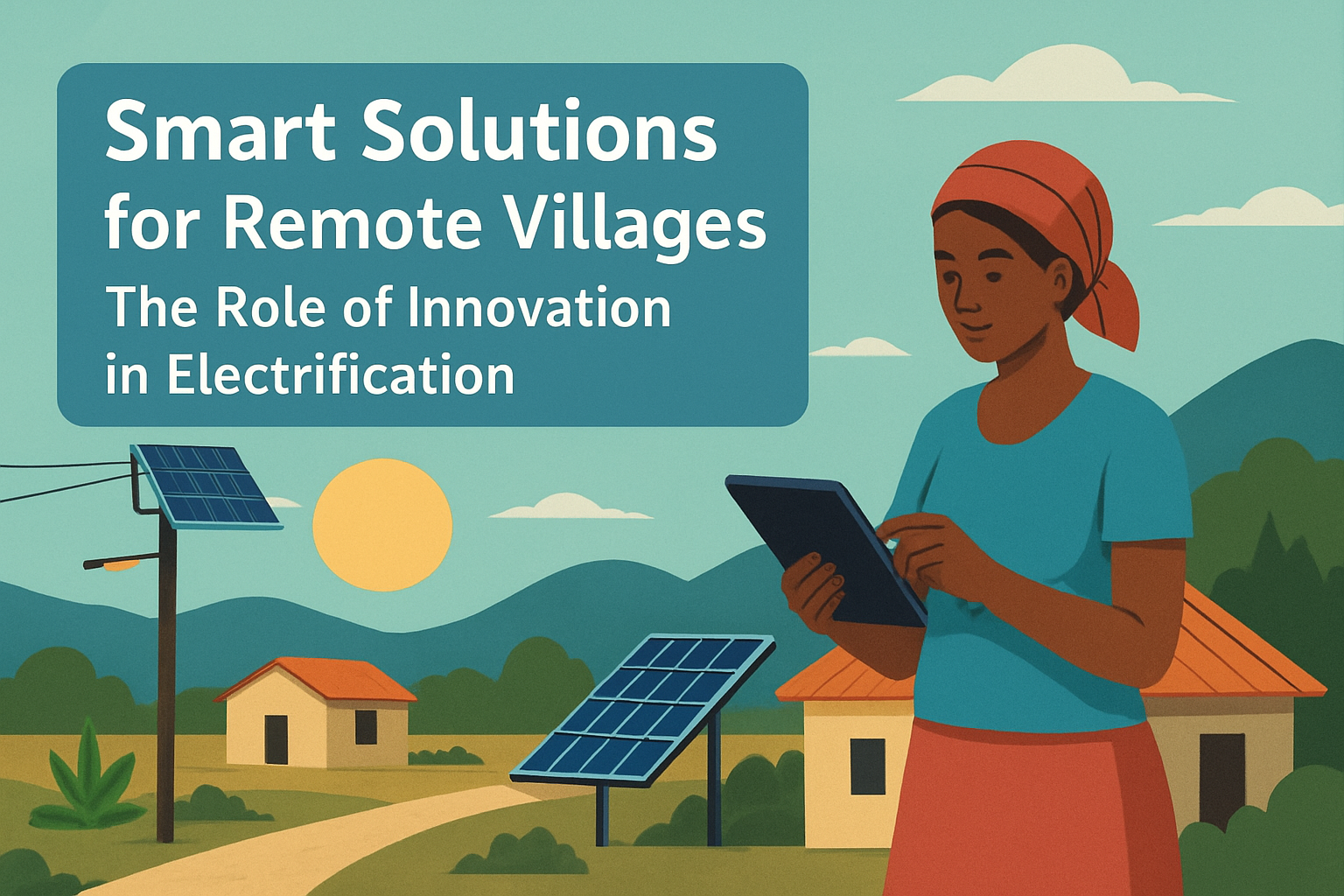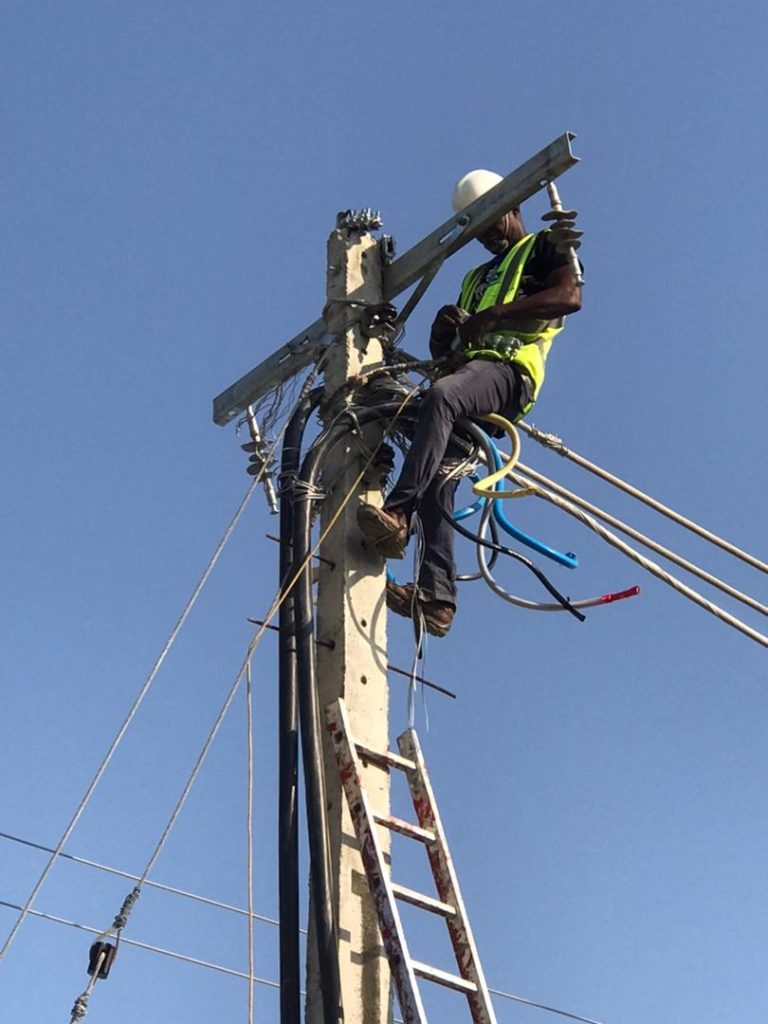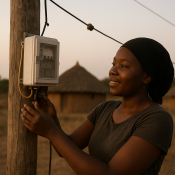
Smart Solutions for Remote Villages: The Role of Innovation in Electrification
Across the world, millions of people in rural and remote villages still live without access to reliable electricity. For them, daily life means limited study hours after sunset, restricted access to healthcare technology, and barriers to running modern businesses. Yet, in recent years, innovation has begun to rewrite this story. Thanks to smart technologies and creative approaches, electrifying even the most isolated communities is becoming possible, sustainable, and transformative.
The Challenge of Rural Electrification
Traditional electricity grids, while efficient in urban settings, are costly and logistically difficult to extend to far-flung villages. Harsh terrains, scattered populations, and inadequate infrastructure have long made conventional electrification impractical. But as technology evolves, new “smart” solutions are closing this gap — making clean, affordable, and decentralized energy a reality for those once left in the dark.
Innovation Driving Change
At the heart of this transformation lies innovation — not just in technology, but in design, financing, and management models.
- Off-Grid and Mini-Grid Systems:
Instead of waiting for large power lines to reach them, many rural communities now rely on localized energy systems powered by solar, wind, or micro-hydro sources. These “mini-grids” use smart inverters and digital meters to balance energy use efficiently, ensuring that every household and small business gets steady power. - Smart Meters and Digital Monitoring:
Smart meters are helping to eliminate waste, track energy usage, and ensure fairness in billing. Through real-time data, operators can detect faults quickly, manage demand, and even allow customers to pay digitally through mobile money — making energy access smoother and more transparent. - Pay-As-You-Go (PAYG) Solar Solutions:
One of the most impactful innovations for remote communities has been the PAYG model. Families can now install solar home systems and pay small, flexible amounts via mobile phones. This not only removes the barrier of high upfront costs but also builds a culture of responsible energy consumption. - Battery Storage and Smart Energy Management:
Energy storage is another game-changer. Advanced lithium-ion batteries and AI-driven management systems ensure that power generated during the day is stored and distributed efficiently at night — guaranteeing reliability and reducing dependency on diesel generators.

The Human Impact of Innovation
These smart solutions go beyond just lighting up homes. They are lighting up possibilities. In electrified villages:
- Children can study at night, improving educational outcomes.
- Health centers can operate life-saving equipment and store vaccines safely.
- Entrepreneurs can start new ventures, from tailoring to phone charging stations.
- Women’s lives are transformed, as electricity eases daily chores and opens doors to new livelihoods.
When innovation meets empathy, technology becomes a tool for dignity and development.
Partnerships Powering Progress
Governments, NGOs, and private enterprises are now collaborating to scale these innovations. Public-private partnerships are vital — combining policy support, technical expertise, and community engagement. Organizations like the World Bank’s Lighting Africa initiative and various local start-ups are proving that with creativity and collaboration, no village is too remote to reach.
A Brighter, Smarter Future
The story of rural electrification is no longer about waiting for power to arrive — it’s about creating power intelligently. With smart grids, digital finance, and renewable energy innovations, rural communities are stepping into the global energy future on their own terms.
The light now spreading across remote villages is more than electricity — it’s the light of innovation, opportunity, and hope.




